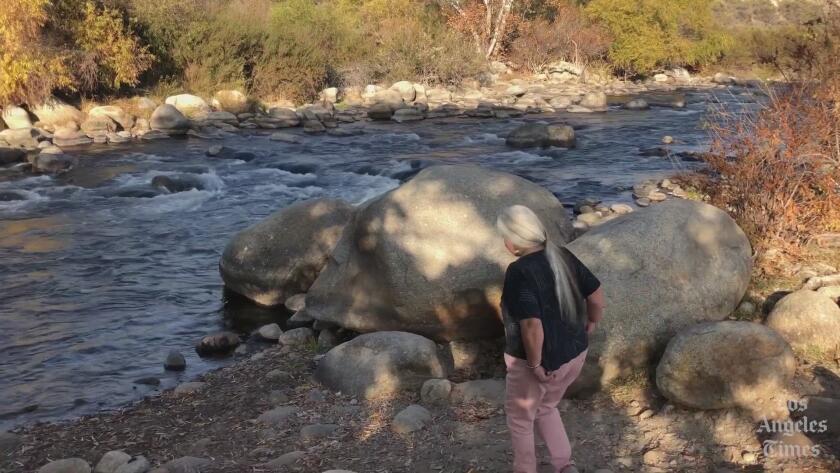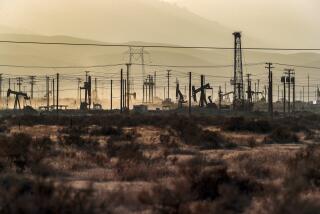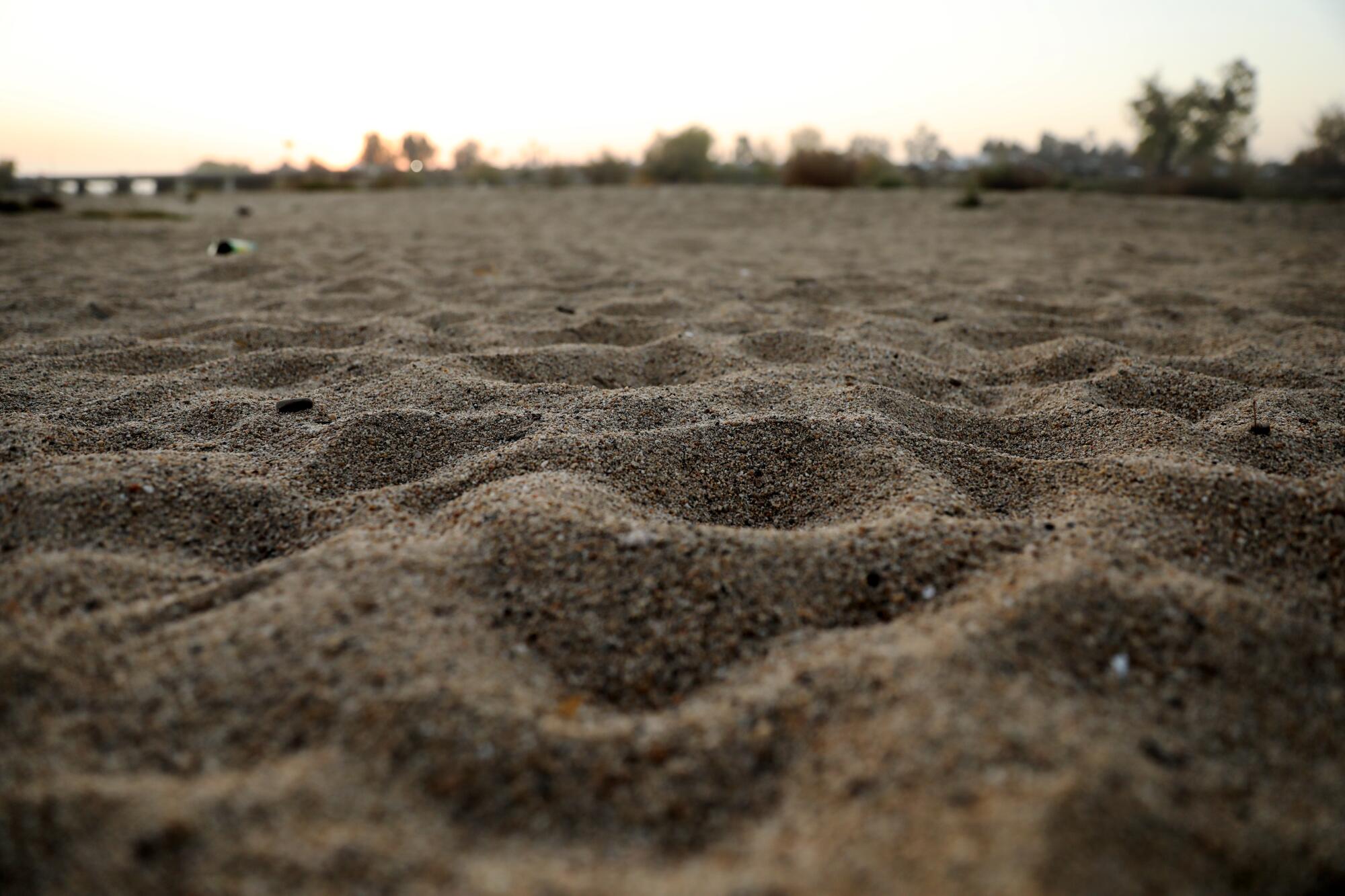
BAKERSFIELD — The Kern River cascades from the Sierra Nevada in a steep-sided canyon, coursing through granite boulders, and flows to the northeast side of Bakersfield. There, beside cottonwoods and willows, the last of the river collects in a pool where dragonflies hover and reeds sway in the breeze.
Then the river dies, disappearing into the sand.
Decades ago, the Kern flowed all the way through Bakersfield. But so much water has been appropriated and diverted in canals to farmland that the river has vanished in the city, leaving miles of dry riverbed.
Now, a group of residents is campaigning to bring back a flowing river in Bakersfield. They say restoring continual flows would nourish a green corridor in the heart of the city, enabling people to wade, kayak and picnic on the banks. They’ve spoken at meetings of the state water board, collected photos of the water-filled Kern years ago, and organized a march along the riverbed, trudging nine miles on dry sand to drive home their message that water belongs in the river.
“I want this river back. I want this city to be healthy again,” said Miguel Rodriguez, a 29-year-old activist, as he stood looking across the riverbed. “It’s sad to think that we’re allowing our natural resources to be taken away to that degree where it’s killing the environment, it’s killing the natural process of our land, the watershed.”
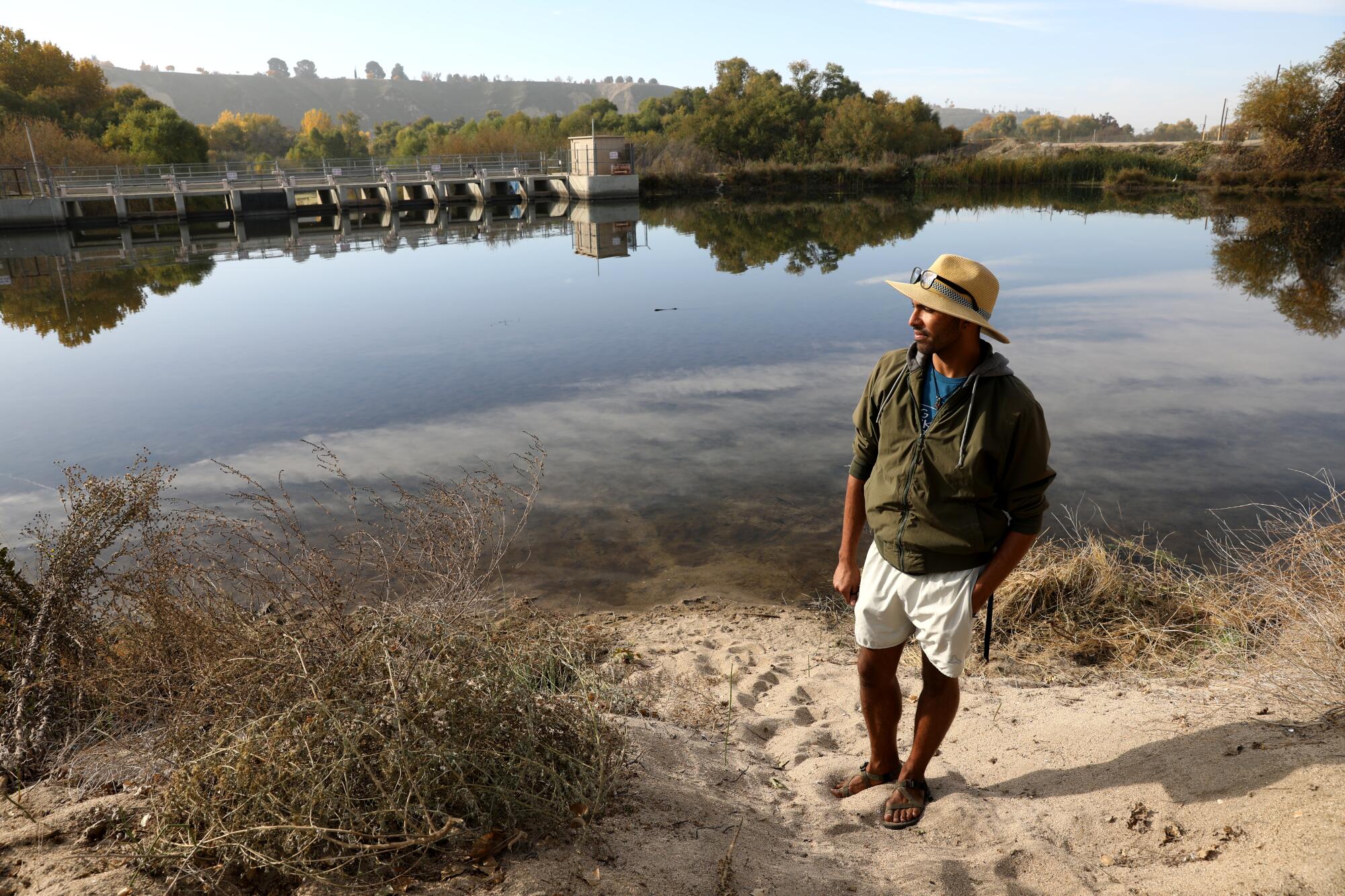
Rodriguez, a video game designer, grew up in Bakersfield but gained a new appreciation for the Kern this year, when he began exploring hot springs along the river in the mountainous canyon. He learned about a newly formed group called Bring Back the Kern and decided to join.
Rodriguez helped organize an online exhibition called “A River Remembered,” collecting photos of people wading and tubing in the river decades ago. Alongside black-and-white images from the 1940s and ‘50s, he included color photos of people floating and paddling in recent wet years, when pulses of Sierra snowmelt have occasionally revived the river.
“Hopefully, it inspires us to return to that again. Because it brings life,” Rodriguez said.
::
Activists with Bring Back the Kern and other environmental groups see an opportunity to secure water for the river as the State Water Resources Control Board considers a long-standing dispute over water rights.
In 2007, an appeals court ruled that Kern Delta Water District had forfeited some water rights by not having used the water. But the court left it up to the state board to settle where the water should go.
After years without a decision, the state board appointed a hearing officer to determine what should be done. A hearing on Thursday focused on whether the forfeited water rights resulted in unappropriated water. The dispute pits North Kern Water Storage District, which says it’s entitled to the water, against the city of Bakersfield, which is seeking to put the water into the river — on average about 50,000 acre-feet per year, which would partly restore flows through the city.
Local activists are supporting the city’s stance. They recently collected 7,800 signatures on a petition demanding state officials restore water to the river. The activists say it’s an issue of environmental justice. If they can secure water for a flowing river here, it could strengthen other fights to restore flows in rivers across California, they say.
Within sight of the empty riverbed in Bakersfield, the irrigation canals flow full, carrying water to farming operations that produce a bounty of almonds, pistachios, grapes, oranges and other crops.
One morning last week, Rodriguez walked to a forested nature preserve beside oil fields, where the river pushes against a weir and much of the water is diverted into a wide canal. He said he thinks it’s wrong that the water has long been treated as a commodity and taken away, choking off the river.
“It’s an injustice to the natural process of how water works with the land and with the environment,” Rodriguez said. “They’re cutting off the main lifeline to that watershed.”
Driving about two miles downriver, Rodriguez continued on foot into the Panorama Vista Preserve’s habitat restoration area, where he strode through planted trees — sycamores, cottonwoods, willows and ash trees — until he emerged on the dry riverbed and headed upstream.
Wearing sandals, Rodriguez plodded through the sand. At the pond where the river ends, he stepped into the water and took in the smells of wet vegetation and the sounds of birdsong. Kingfishers and white-crowned sparrows flitted over the water.
“There is value in just letting nature be what it is,” Rodriguez said. “We need this throughout Bakersfield.”
::
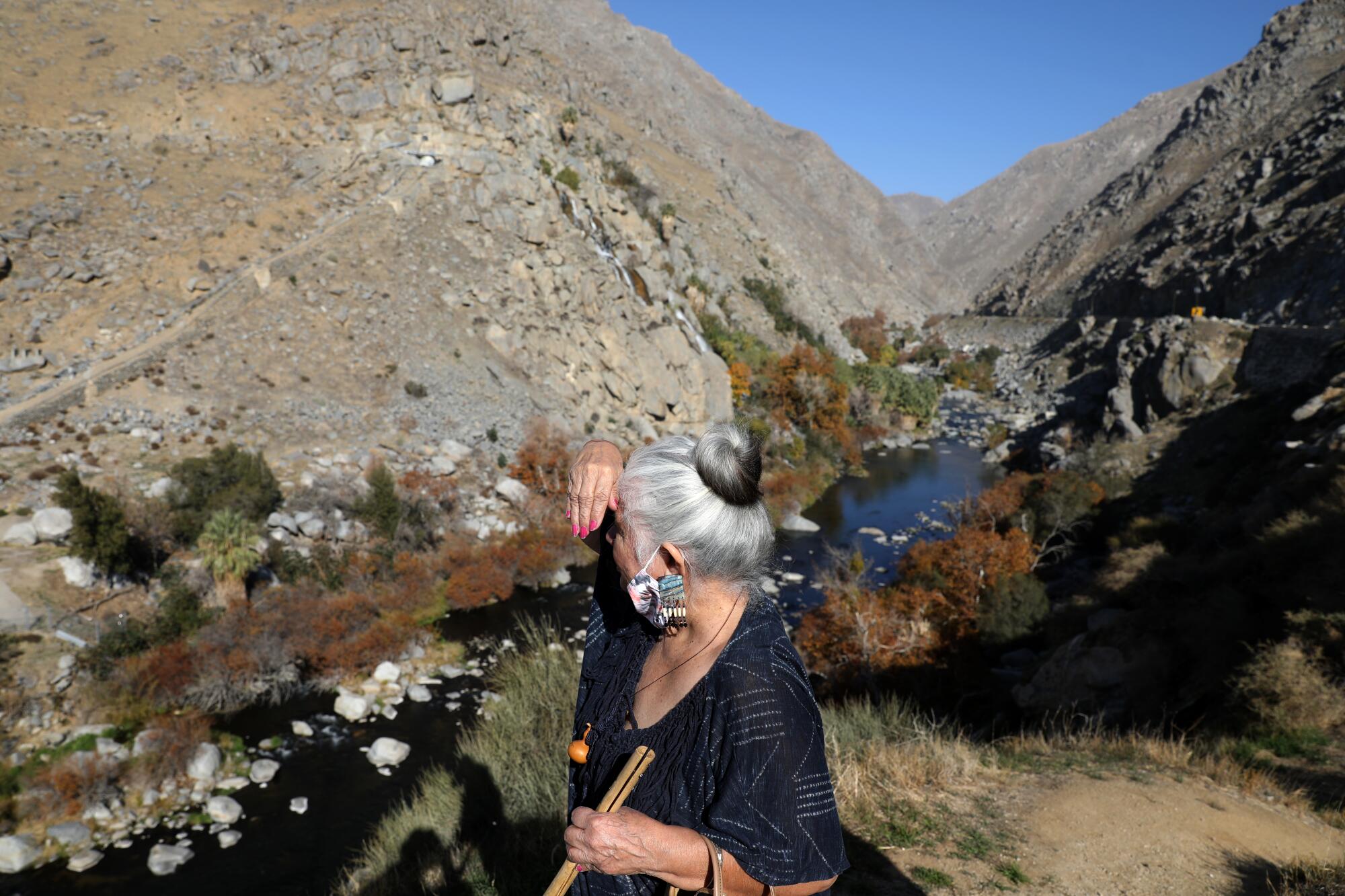
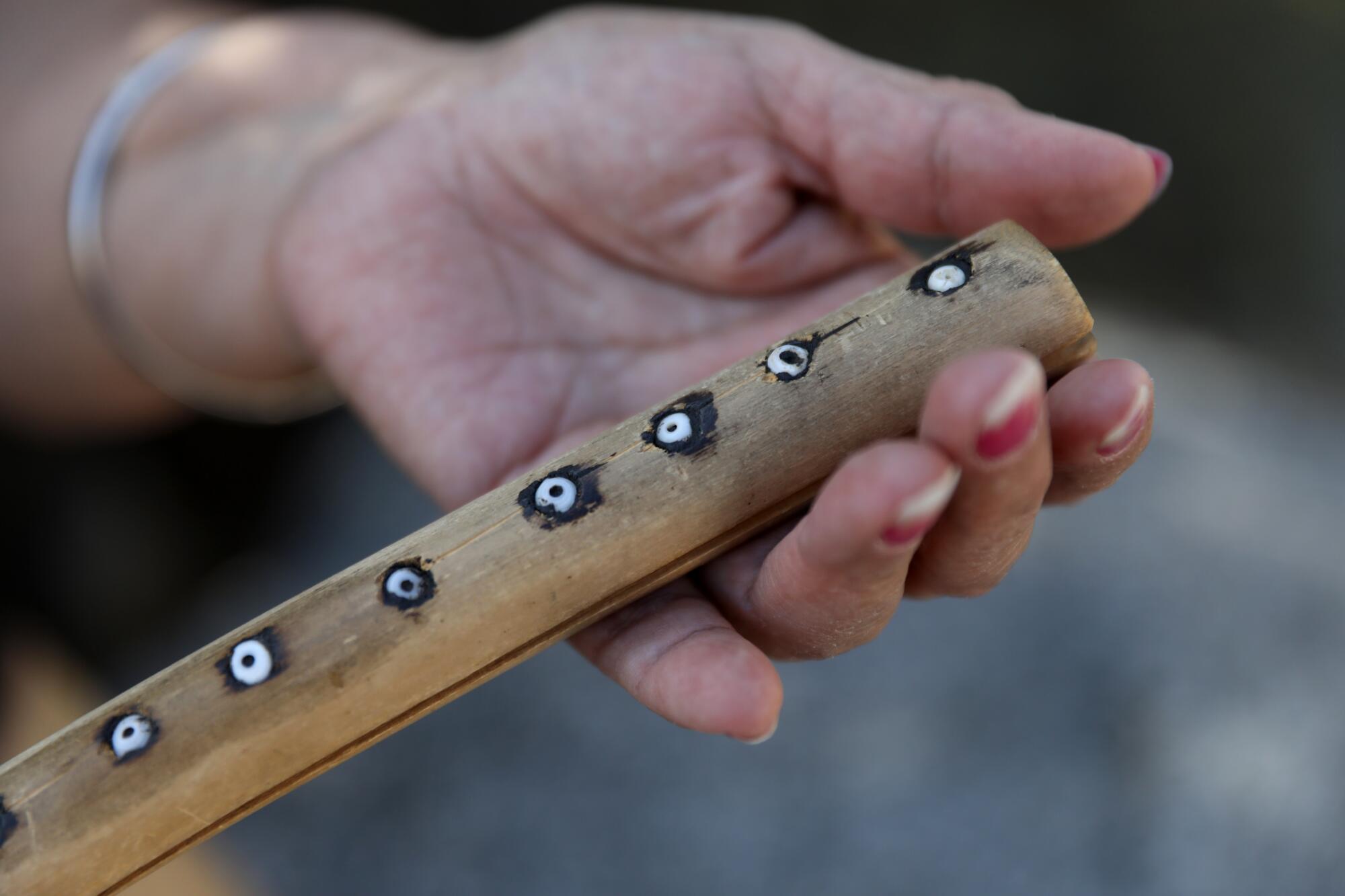
Delia “Dee” Dominguez stood on a bluff overlooking the Kern River canyon, a spot where her great-great-grandfather once fished. She learned about her great-great-grandfather Jose Maria “Joe” Chololo from a 1907 published account in which the anthropologist A.L. Kroeber documented a story Chololo told about “Coyote,” who “went up the Kern River past Bakersfield to Gonoilkin, a waterfall.”
That waterfall, which once poured into the river from a side creek, was obliterated during road construction long ago. The site of an adjacent Indigenous village, Dominguez said, is now fenced off in an olive orchard.
Looking out over the river, Dominguez began to sing a “gathering song,” using a clapper stick made from an elderberry branch. To honor her ancestors, Dominguez tied a pouch of tobacco to a bush with a ribbon.
Dominguez is a leader of the Yowlumne Yokuts tribe, and her ancestors lived along the Kern River and its tributaries centuries ago. When settlers arrived, the river flowed into lakes and vast wetlands in the southern San Joaquin Valley, forming a green oasis where tule elk grazed and millions of migrating birds clouded the sky. Her people, the Yowlumne, were named after the white wolves that once roamed the southern end of the valley.
In the 1800s, the Yowlumne Yokuts used ditches to irrigate crops in their villages, and gathered wild seeds and acorns. Dominguez said her great-great-grandfather journeyed in a tule boat on the Kern River and its tributaries.
In the 20th century, as more water flowed to expanding farms, Buena Vista Lake and Kern Lake dried up and were transformed into farmland. To the north, Tulare Lake — which was once the largest freshwater lake west of the Mississippi — dried up in the 1930s as rivers were diverted to serve agriculture.
After Isabella Dam was built on the Kern River in 1954, the flows in Bakersfield gradually decreased.
“All of that water is taken out,” Dominguez said. “It’s very devastating, not only for us as people, but two lakes have been destroyed, including all the tributaries.”
Dominguez used to work for the U.S. Treasury in Los Angeles as an investigator. Now 70 and retired, she focuses on environmental activism, and she has spoken to the state water board urging it to put water back in the Kern.
Dominguez often visits a flowing stretch of the river. She said she finds peace sitting on a boulder, surrounded by rushing water.
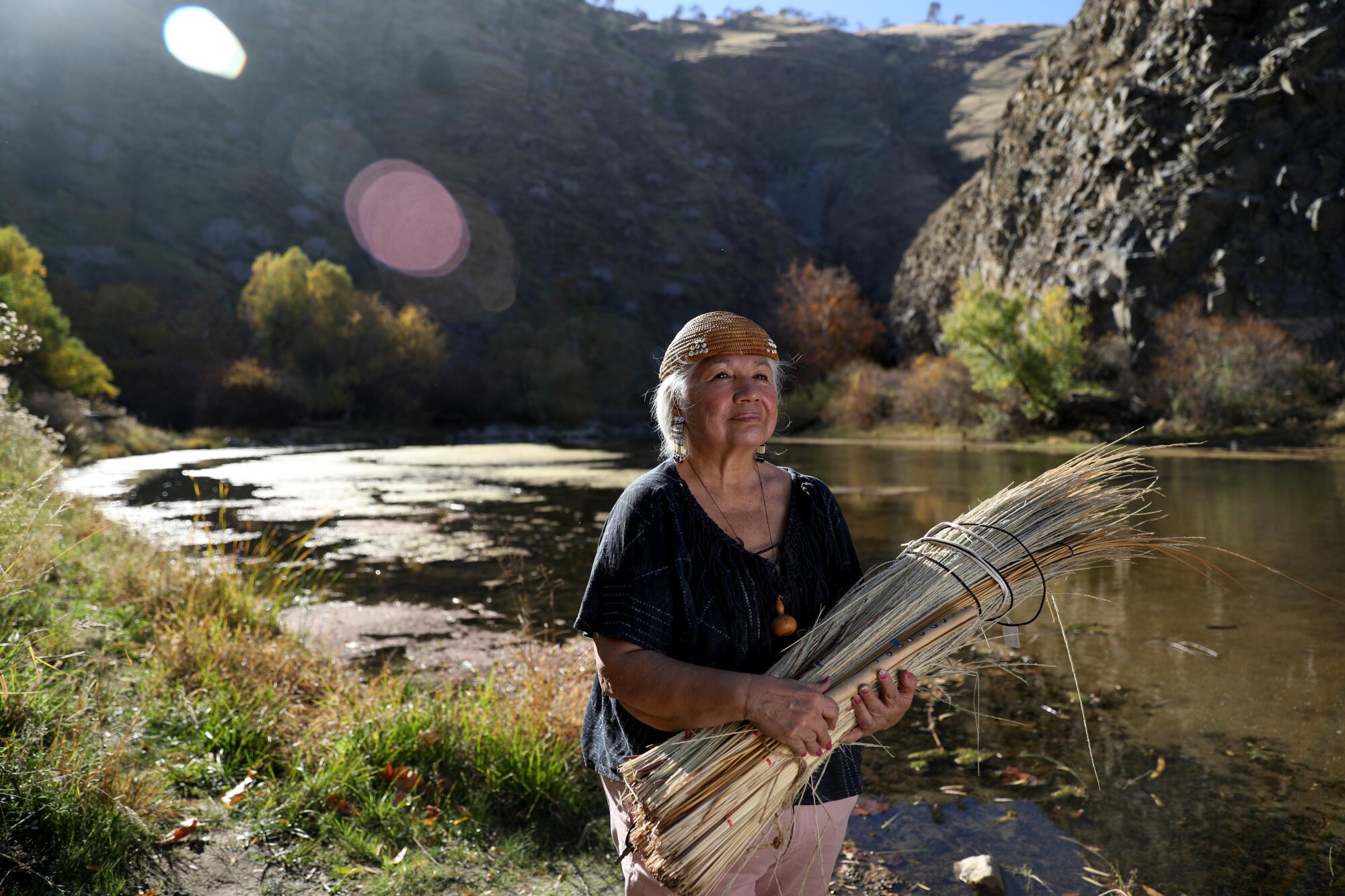
“I come here when I want to clear my head,” Dominguez said. “It just kind of like loosens everything in you.”
As a girl in the 1950s and early ‘60s, she often went to the river in Bakersfield with her family. They ran through oak trees to the water, where they waded and played. Those oaks were removed years ago for road construction. Now when she goes to Beach Park, she walks down onto bare sand.
“It really hurts me when I see a dry riverbed,” Dominguez said. “That river has always fed so much. It has always created so much life.”
Searching the sand, she bent down and picked up several clamshells. She said she plans to use them to make shell beads for the traditional basket caps that she weaves.
Other materials needed for weaving baskets, such as juncus and deer grass, grow along streams. Without water in the Kern, Dominguez searches for these materials along creeks elsewhere in Southern California.
“The river’s legs have been cut off, and we need to heal it,” Dominguez said. “We need our water back.”
::
Bill Cooper grew up knowing a very different Kern River. In the 1950s and ‘60s, there was always water in the river in Bakersfield, even during peak irrigation season in the fall. He and other kids rode horses along the river.
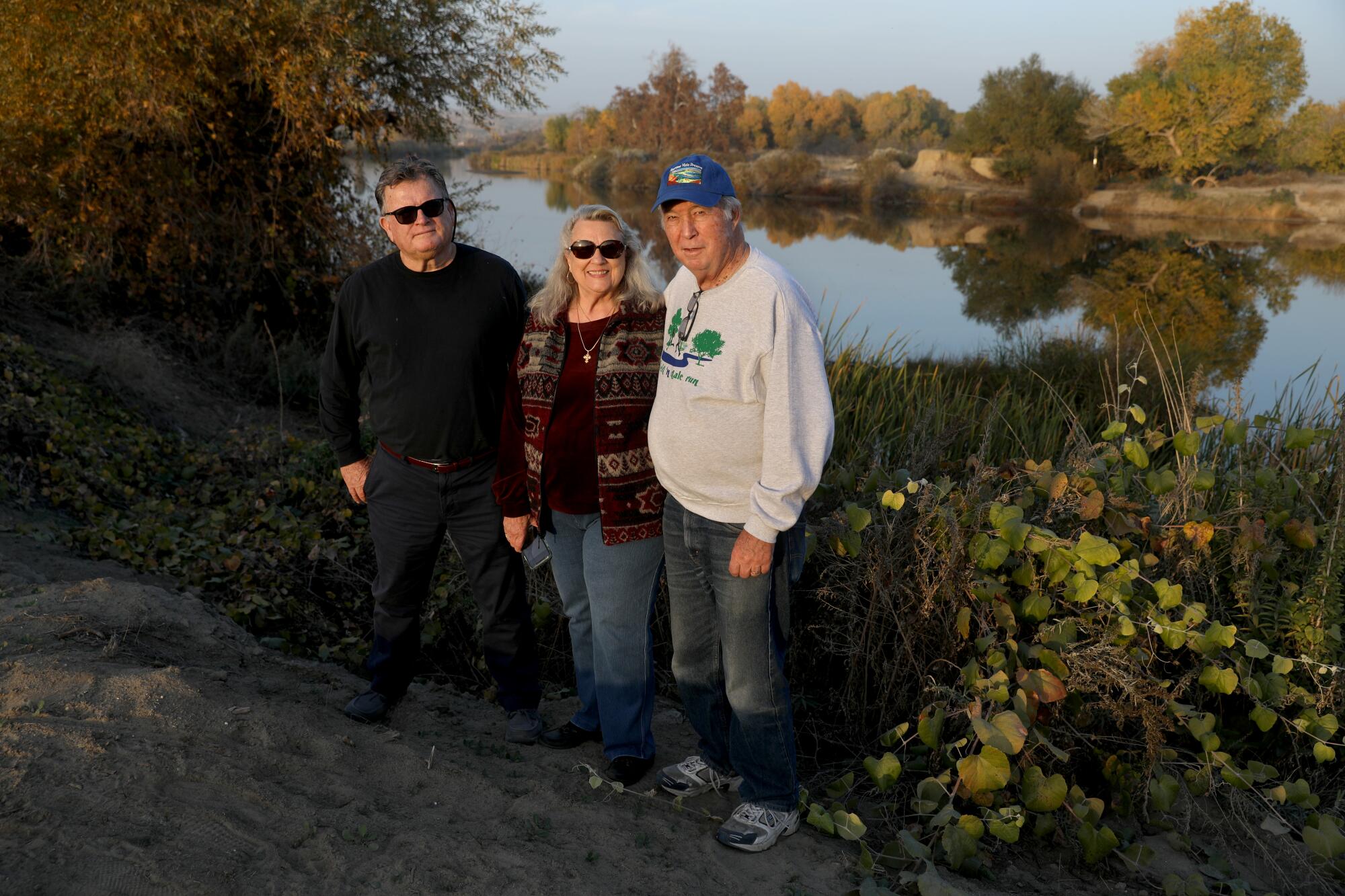
To the west of town were marshes, and Cooper remembers standing at his house watching millions of ducks and geese filling the sky as they flew south.
In the 1970s, as demands for agricultural water grew, the flows in the river shrank.
But in 1983, California was overflowing with so much water that Cooper decided to try something daring. He and John Sweetser, a former classmate, set out kayaking on the Kern River and just kept going.
Water was pouring into long-dry Tulare Lake, and they continued north, using man-made channels and canals. Cooper said they paddled through barns. More than 11 days after setting out from Beach Park in Bakersfield, they landed at Richmond Marina in San Francisco Bay, sunburned and exhausted.
Cooper co-founded the Kern River Parkway Foundation and helped establish the bike path along the river. For decades, the 74-year-old has advocated for putting water back into the river.
Now that goal finally seems attainable, he said. A year and a half ago, Cooper started talking with young environmentalists who were forming Bring Back the Kern, and their group became a subcommittee of the foundation.
Cooper and others started speaking at virtual meetings of the state water board.
“All we want is the water to come through town to rejuvenate the river,” Cooper said. “It’s available water. It belongs in the river.”
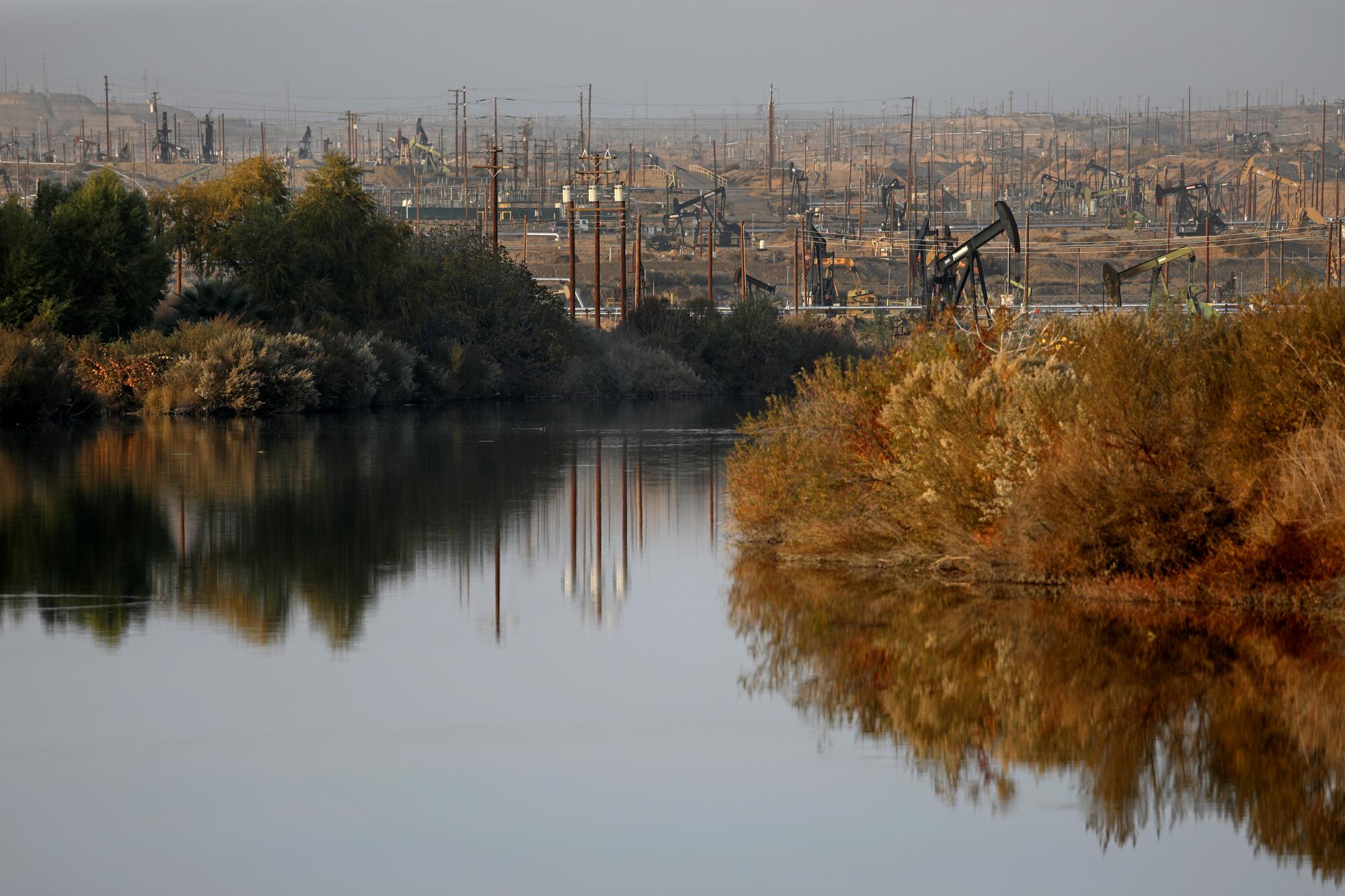
He spoke about his hopes for the river while visiting the Panorama Vista Preserve with Carolyn Belli, who led the effort to purchase the 951-acre preserve in 1998 and replant the riparian forest along the river next to oil fields.
The river and the forest in the preserve attract animals such as bobcats and deer. Beavers have been gnawing on trees and building dams.
“I think it’s a model of what should be, all through the river, all the way through town,” Belli said. Having a flowing river in the city would provide habitat for animals and a shady pathway to cool the city, she said, and would “transform Bakersfield into really a beautiful landscape.”
With climate change pushing temperatures higher and intensifying droughts, the river advocates say, restoring the river takes on even greater importance.
Some supporters have read poetry about the river during state water board meetings. Others have pointed to the lyrics from “Kern River Blues,” the final song by the late, locally raised country singer Merle Haggard, who sang:
Well, they used to have Kern River
Runnin’ deep and wide
Then somebody stole the water
Another politician lied
Adam Keats, a water lawyer representing environmental groups, said people who want water in the river have the law on their side, specifically through the public trust doctrine, the principle that certain natural resources must be preserved for the public.
“Things are going to change,” Keats said. And a big reason, he said, is that people are “done with the impossibility of it all, the impossibility of putting water back in the river.”
Keats said the water is going to cash crops that benefit a select few, based on “water rights that are legacies from a period long ago that was founded upon theft, oppression and ripoff.”
The Kern River is a “poster child,” Keats said, and there are many other rivers and streams throughout California in the same situation.
“If we can put water down through the city of Bakersfield,” Keats said, “we can do it anywhere.”
But not everyone is thrilled by the idea of a river flowing through Bakersfield again. The Sustainable Kern River Coalition — a messaging group created by water managers and some local officials and business leaders — argues that extending the river through Bakersfield would carry consequences for Kern County’s $7.6-billion agricultural industry and a tourism sector that employs more than 23,000 workers. They say the Kern River is already “over-tapped” and its water supply will only become more limited in an age of recurring drought. “There’s not enough water to go around,” said David Hampton, general manager of the North Kern Water Storage District.
On the west side of Bakersfield, the river sits dry next to the lawns and bike path at River Walk Park.

Maryann Parada lives nearby and often runs along the river. When she moved to Bakersfield with her family in 2019, the wet winter had sent water flowing across town. Her three kids would bring their body-surfing boards and slide into the water.
The children also climbed in a makeshift treehouse in a gnarled cottonwood by the river, playing on a rope swing. Since the river dried up, Parada said, they haven’t been back much to play.
“They really loved having the water there,” said Parada, an associate professor of Spanish linguistics at Cal State Bakersfield. “For my kids and the other kids growing up in the neighborhood, I want them to see trees in relation to water, side by side.”
Last month, Parada joined the march for the river organized by Bring Back the Kern. She and others filled bottles with water from the river’s last pond. She carried the bottle in her backpack as she set out on the riverbed.
They passed areas where homeless people are living in tents. They saw trees that looked water-starved and dying. Parada said she noticed the parched vegetation and thought about the loss of the ecosystem, and “how important it is for the ecosystem to protect what we do have.”
After walking about nine miles, the group reached their endpoint at a bridge. They held signs reading “Bring Back the Kern” and posed for photos in an inflatable boat in the riverbed. A crowd gathered and people formed a drum circle.
Then the marchers took out their bottles of Kern River water. In unison, they poured the water onto the riverbed and cheered.

